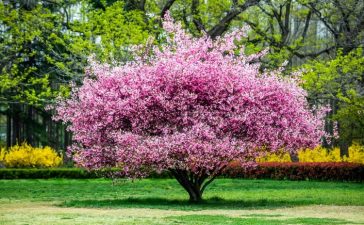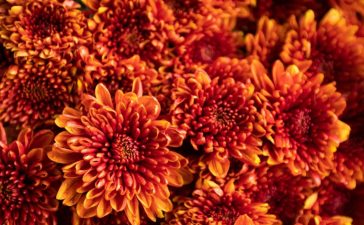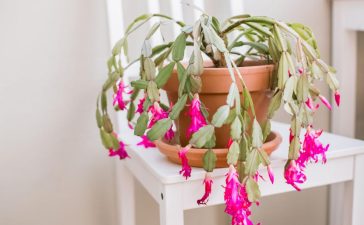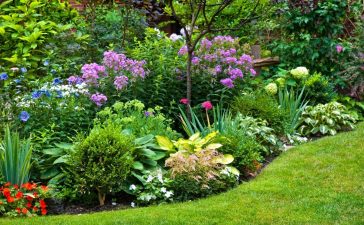Do you have a corner in your home that’s crying out for a touch of green? Indoor trees can be the perfect solution, adding life and vibrancy to your living space. However, not all indoor trees are created equal, and understanding their unique needs is key to ensuring they flourish in your home. In this guide, we’ll introduce you to seven of the best indoor trees and provide expert advice on how to care for them to keep your indoor oasis thriving.
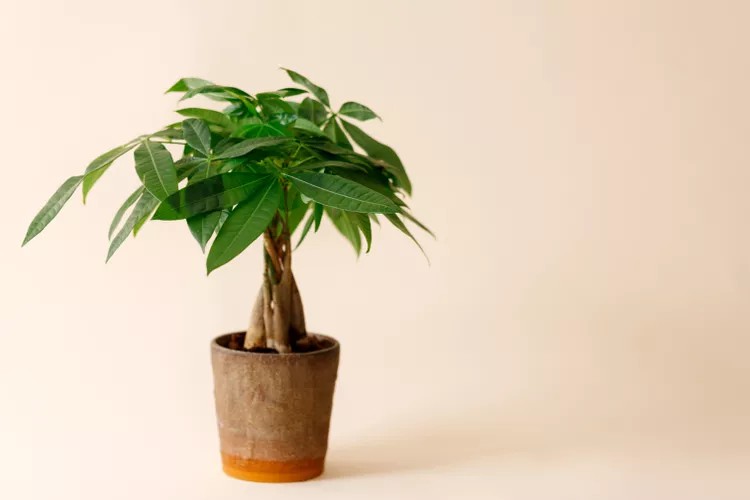
Chapter 1:The Appeal of Indoor Trees
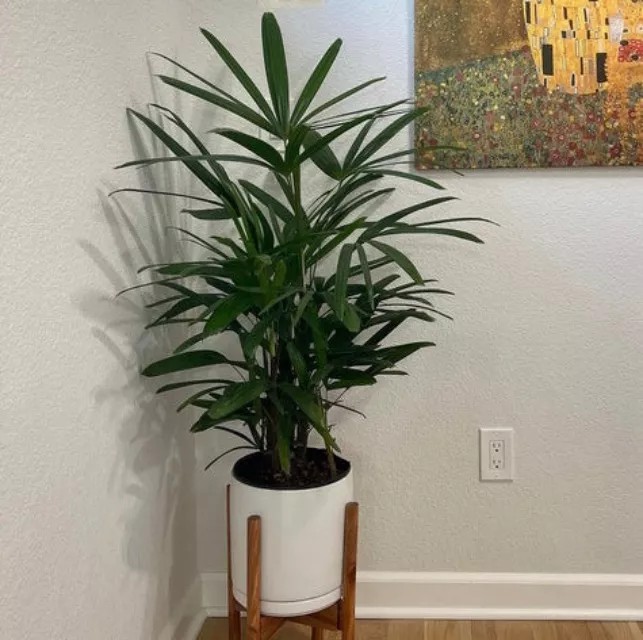
1.1 Enhancing Your Living Space: Discover how indoor trees can transform your home, adding a refreshing touch of nature to your interior design. Explore how they can serve as both decorative elements and mood-enhancing companions.
1.2 Health and Well-Being Benefits: Uncover the numerous advantages of having indoor trees beyond their aesthetic appeal. Learn how they can purify the air, reduce stress, and contribute to your overall well-being.
Chapter 2: Choosing the Perfect Indoor Tree
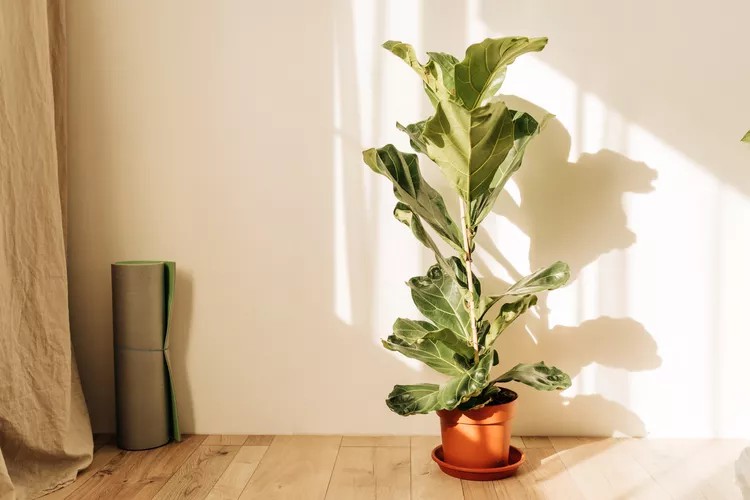
2.1 Matching Light and Space: Gain insights into the light requirements and space considerations for various indoor tree species. Find out how to select the perfect tree that complements your home’s specific conditions.
2.2 Moisture Management and Growth Rates: Dive into the world of indoor tree care by understanding their moisture needs and growth rates. Learn to choose a tree that aligns with your watering schedule and growth expectations.
Chapter 3: Meet the Magnificent Seven Indoor Trees

3.1 Lady Palm: Explore the elegant Lady Palm and its adaptability to semi-bright corner windows. Discover its air-purifying qualities and learn the importance of checking soil moisture before watering.
3.2 Fiddle Leaf Fig: Meet the charismatic Fiddle Leaf Fig, renowned for its striking foliage. Find out how to provide the TLC it needs, from ideal sunlight conditions to proper watering practices.
3.3 Money Tree: Unlock the secrets of the Money Tree, believed to bring good luck. Delve into its ease of growth, braided trunk, and pet-friendly nature. Learn the ideal lighting conditions and watering frequency to keep it thriving.
Dracaena Marginata
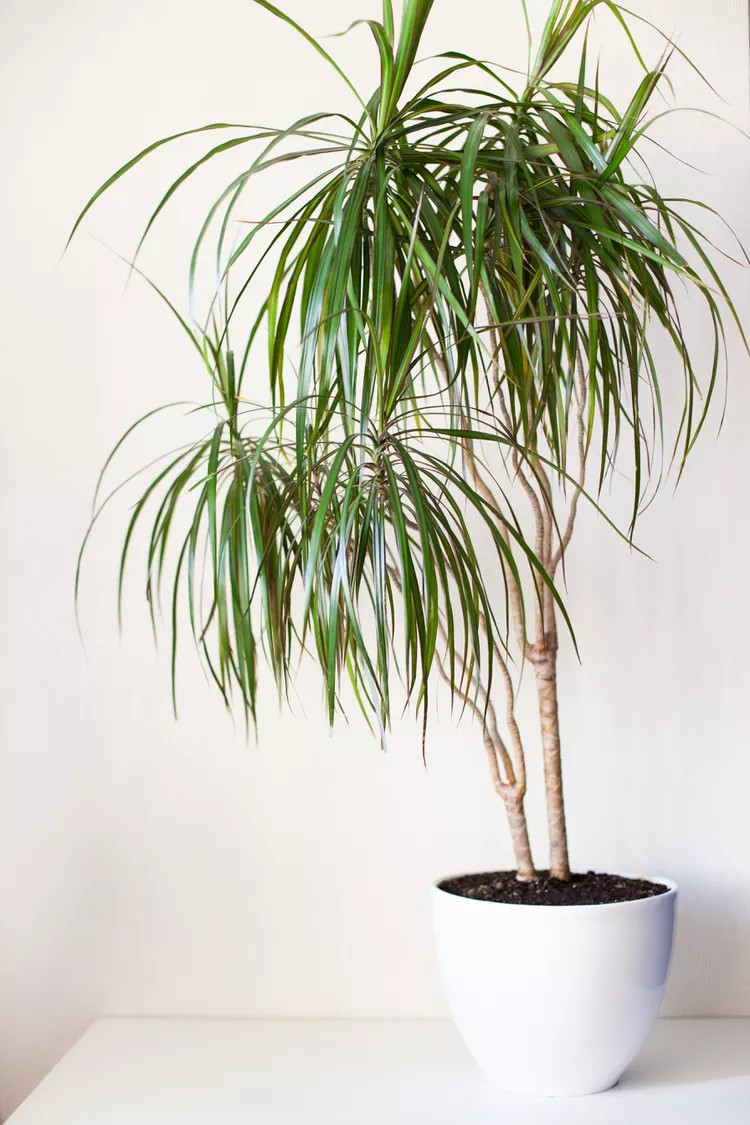
The Madagascar native, recognized for its adaptability to indoor conditions, is a highly sought-after indoor tree. With its slender, sword-like leaves, available in a range of colors, the Dracaena Marginata stands out. While it can endure low-light settings, providing brighter light is key to maintaining its vibrant foliage. This versatile plant flourishes in conditions ranging from bright indirect light to limited morning sun, making it an excellent choice for a wide range of plant enthusiasts.
Ficus Tineke
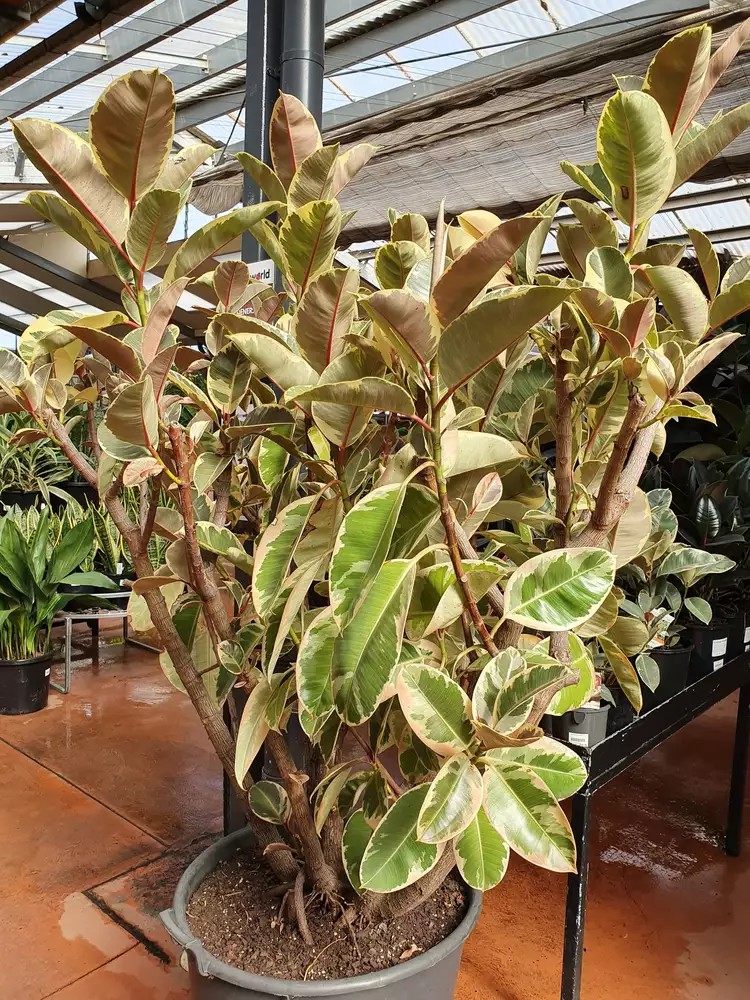
The Ficus Tineke, a variegated rubber tree, boasts stunning foliage adorned with yellow, pink, and green variegation. Under ideal conditions, it can grow 1-2 feet taller each year. While the Ficus Tineke is a low-maintenance tree, it thrives in bright indirect light or a few hours of direct sunlight, making it unsuitable for low-light conditions. It’s important to ensure the soil dries out completely before providing a thorough watering, as Ficus trees dislike consistently damp soil.
Dracaena Warneckii
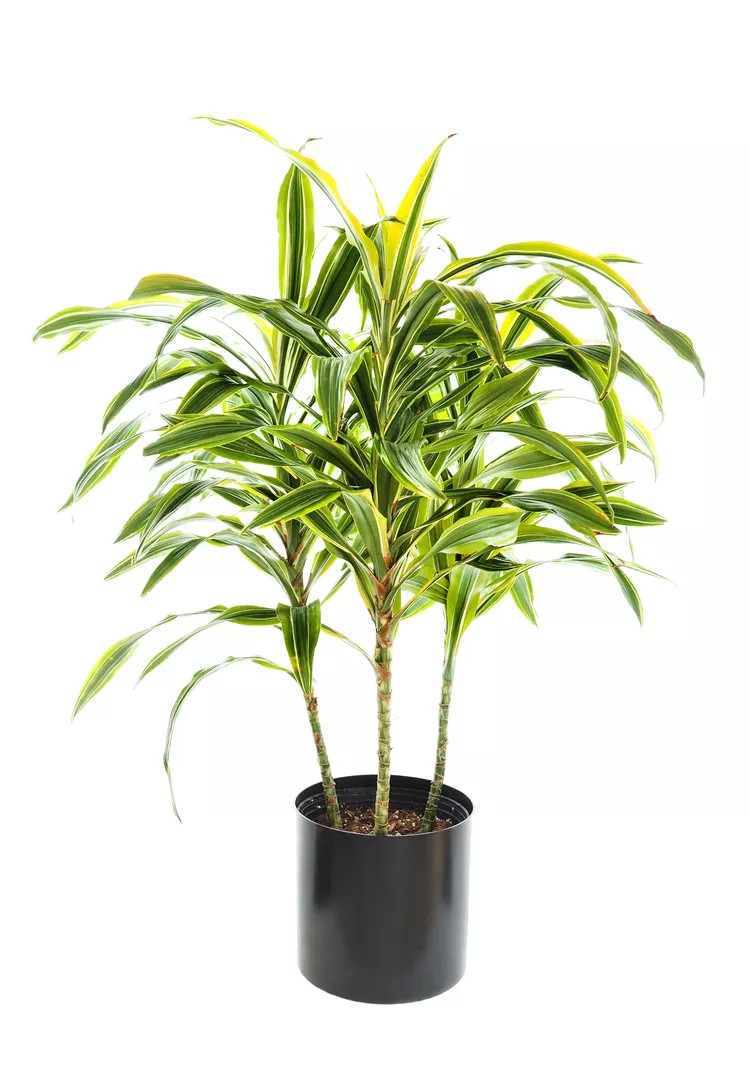
The Dracaena Warneckii boasts a tall and slender silhouette, making it a perfect choice for corners, behind couches, or wherever you desire to add height without bulk. Its foliage features dark green leaves with vibrant creamy-white stripes, adding a touch of color to your plant collection. This plant thrives in bright indirect light and can tolerate low to medium indirect light levels, making it suitable for most plant enthusiasts. Additionally, its thick trunk enhances drought tolerance, requiring watering only once the soil has completely dried out.
Olive Tree
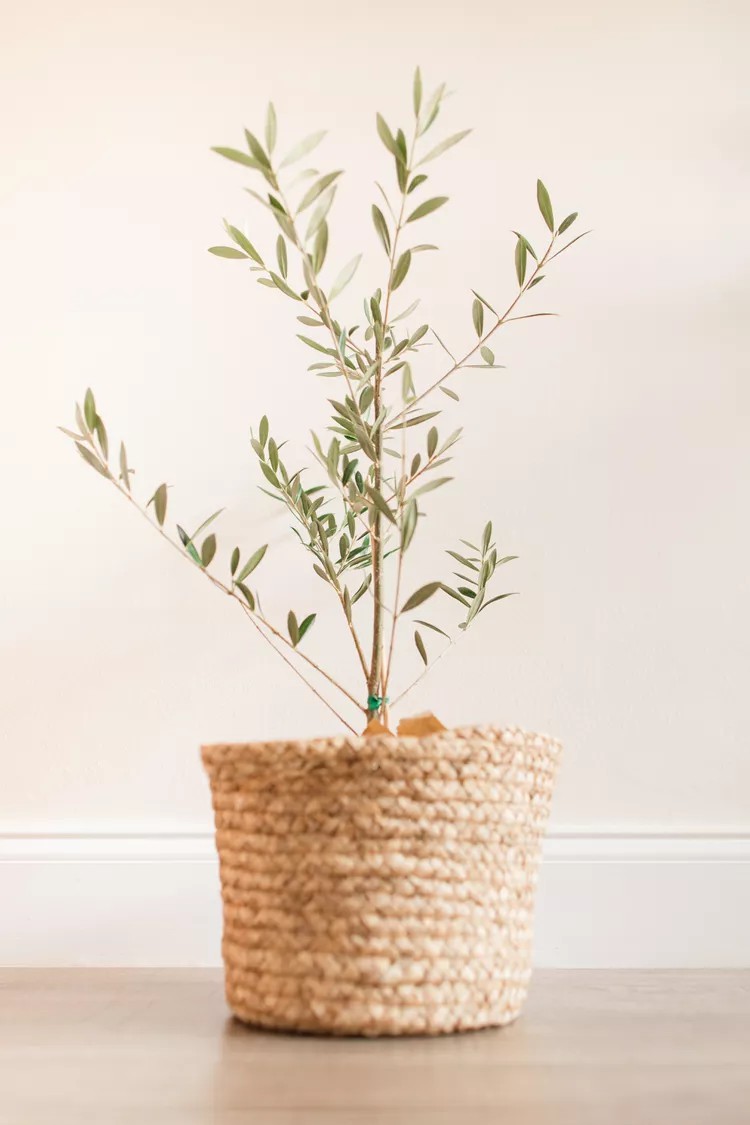
As for the Olive Tree, its silvery, gray-green foliage makes it an attractive houseplant and a charming addition to bouquets. This Mediterranean plant thrives in direct sunlight, so it’s best placed in a south or west window. If your space lacks sufficient natural light, using a grow light is recommended to maintain its health and fullness. While olive trees may produce a few fruits in their early years, significant yields typically occur after the tree reaches full maturity, which can take up to 15 years. However, the patience is well-rewarded with time.
You Might Also Like
Top 10 Expert-Recommended Ornamental Trees for Curb Appeal
To enhance your landscaping and curb appeal, planting ornamental trees can add a touch of beauty and elegance to your...
Radiant Mums: A Guide to Caring for Your Fall Chrysanthemums
Chrysanthemums, commonly known as mums, are cherished for their vibrant beauty and captivating sweet and spicy fragrance, making them a...
How to Easily Propagate Christmas Cactus as Unique Holiday Gifts
Certainly, one of the most rewarding aspects of nurturing houseplants is the chance to multiply your greenery and share the...
When and How to Deadhead for Thriving Bushes
When it comes to maintaining the beauty of your hydrangea bushes, understanding when and how to deadhead them is crucial....






